Building a LEGO MOC car that can drift requires understanding the basics of weight distribution, motor power, and steering precision. When a car drifts, the rear wheels lose grip, while the front wheels maintain enough control to steer. In LEGO, you can achieve this with the right balance of motor power, wheel type, and steering mechanisms.
Drifting in motorsport is the art of skillfully sliding through turns, allowing the rear wheels to lose traction while maintaining control and direction. For a LEGO remote control car, creating a setup that mimics drifting requires special design considerations to control traction, power, and steering. By using key components and creative techniques, you can build a LEGO MOC car that’s optimized for drifting, complete with remote-controlled movement and custom tire setups. Here’s how to build a LEGO remote control car capable of exciting drifts.
Step 1: Gathering the Right Parts
To create a LEGO MOC car for drifting, you’ll need essential parts for power, control, and stability:
-
High-Torque Motor: A high-power motor like an L or XL Motor, providing sufficient force to spin the wheels and allow controlled skidding. (Note, you can take a look at our basic power kit )
-
Battery Pack: Choose a compact, lightweight battery pack, positioned centrally for balanced weight.
-
Remote Control System: Use a LEGO compatible remote control system or similar RC receiver to handle precise speed and steering.
-
Smooth Tires or Drift Tires: Tires that allow sliding are critical for initiating drifts. Drift tires that are double-layered and roll on both the X and Y axis are ideal for certain techniques (discussed below).
-
Steering Components: You will need to create steering components allowing you to rotate the front wheels.
Step 2: Building a Lightweight Chassis
A strong but lightweight chassis provides agility, which is critical for smooth drifting.
Frame Construction: Use Technic beams or liftarms to build a sturdy, rectangular frame. For more detail on frame building, check out our blog post talking about techniques. Make the front wider than the rear to improve turning radius and drifting potential.
Front and Rear Axle Placement: Install axles at the front and rear, setting up a rear-wheel-drive configuration. This allows all power to direct to the rear wheels, encouraging traction loss during turns, a necessary trait for drifting.
Motor and Battery Positioning: Place the motor and battery slightly rearward to create a back-heavy weight bias. This encourages the rear to slide easily in turns, letting you initiate drifts effectively.
Step 3: Installing the Motor and Differential
A powerful motor connected to a differential in the rear axle is essential for creating a smooth drift-ready drive.
Attaching the Motor to the Rear Axle: Connect the motor to the rear axle directly using Technic axle connectors. Make sure the motor aligns with the axle to reduce resistance, as this direct power transmission increases speed at the rear wheels, leading to easier skidding.
Using Gears to Connect the Motor to the Wheels: Gear up the motor to the rear wheels by adding a small gear on the motor connected to a larger gear on the axle. This amplifies speed (more RPMs), which helps break traction, encouraging drifting in sharp turns.
Installing the Differential: Connect the differential between the rear wheels to enable independent rotation, allowing each wheel to spin at a different speed. This helps with controlled turning and smoother drifts. A differential allows the outer wheel to spin faster during turns, helping the car maintain control. Connect the motor to the differential via a gear setup that matches the power output to your preferred speed-to-torque balance.
Why This Setup Works: The combination of motor speed, rear placement, and differential ensures that while in motion, your rear wheels maintain higher speed and spin independently, making it easy to initiate and sustain a controlled drift.
Step 4: Building and Connecting the Steering Mechanism
Precise, quick steering allows you to control the drift while the rear of the car slides.
Building Steering: Attach steering arms to the front wheels with Technic pins for smooth, controlled motion. Connect these arms to a Technic steering rack to control both wheels simultaneously.
Adding a Servo Motor for Remote-Controlled Steering: Connect a servo motor to the steering rack to enable responsive steering. This motor allows you to make fast adjustments while drifting, which is essential for maintaining a controlled slide. The servo motor should attach securely to the steering rack to avoid any delays in steering input, making it easier to quickly adjust the car’s direction mid-drift.
Achieving Precision with a Wide Turning Radius: Allow the front wheels a wide turning radius, which maximizes control when drifting. Precise control lets you guide the car’s direction without losing traction on the front wheels.
Why This Works: A servo motor connected to a responsive steering mechanism allows sharp turns and quick corrections, critical for controlling drifts and avoiding spinouts.
Step 5: Optimizing for Drift with Smooth Tires and Weight Balance
To finish your drift-ready car, adjust the tires and weight balance.
Choosing Low-Traction or Drift Tires: Smooth tires or special double-layered drift tires make it easier to slide. If needed, wrap regular tires with smooth tape to reduce grip further. For specialized drifting, try using double-layered drift tires that roll on both the X and Y axis. These unique tires help the car move both laterally and forward, making it ideal for a different drifting technique (discussed in Step 6).
Adjusting Weight Distribution for Drift Control: Place weights at the back of the car to encourage the rear end to slide in turns. This weight balance keeps the front wheels grounded, giving you directional control even during slides.
Why This Setup Works:Reduced traction in the rear combined with a heavy back end enables controlled slides. Meanwhile, front-weighted steering ensures the car can drift through turns with smooth directional changes.
Step 6: An Alternative Drifting Technique: Using Dual-Channel Power
Another effective way to create a drift-ready LEGO car is by setting up dual-channel power control. This method enables each side of the car to be controlled separately, offering an alternative approach to drifting. Some of our sets, like the Apollo IE Superplated and Mini The British Bug (amongst others) use this technique, and it creates a really unique and easily configurable drift setup.
In general, you need an RC Kit that allows at least two separate channels to be powered (many kits have an "A", "B" and "C" channel which allows three different controllable components). Then, you want - for example - the A channel to power both left tires, and you want the B channel to power both right tires.
Connecting Left and Right Wheels to Separate Channels: Connect both the left wheels (front and rear) to one motor channel and both right wheels to a different motor channel. This setup allows independent control of each side. Use two separate power motors and assign each one to a different remote control channel. For example, assign the left wheels to Channel A and the right wheels to Channel B.
Using Specialized Drift Tires: This technique works best with double-layered drift tires that allow each wheel to roll both forward and sideways (X and Y axis), facilitating lateral sliding. These tires allow each side to drift naturally when power is applied.
How It Works: With each side powered independently, you can remove power from one side of the car while powering the other. For instance, reducing power to the right side while accelerating the left side will cause the car to slide to the right, naturally initiating a drift. This method provides a unique, controlled way to achieve drifting without needing to balance weight or traction as precisely as in other setups. The lateral motion provided by the drift tires makes it easier to transition between drifting and straight driving.
Why This Setup Works: Dual-channel power control, combined with specialized drift tires, lets you dictate the sliding direction by simply adjusting power to each side. This setup creates an intuitive drift experience, letting you start and control drifts with only the remote.
By choosing the right setup, weight balance, and steering mechanism, you can create an impressive drift-ready LEGO MOC car. Whether you use a traditional differential-powered setup or a dual-channel approach, the key is fine-tuning power and control to achieve smooth drifts. Ready to create your own?


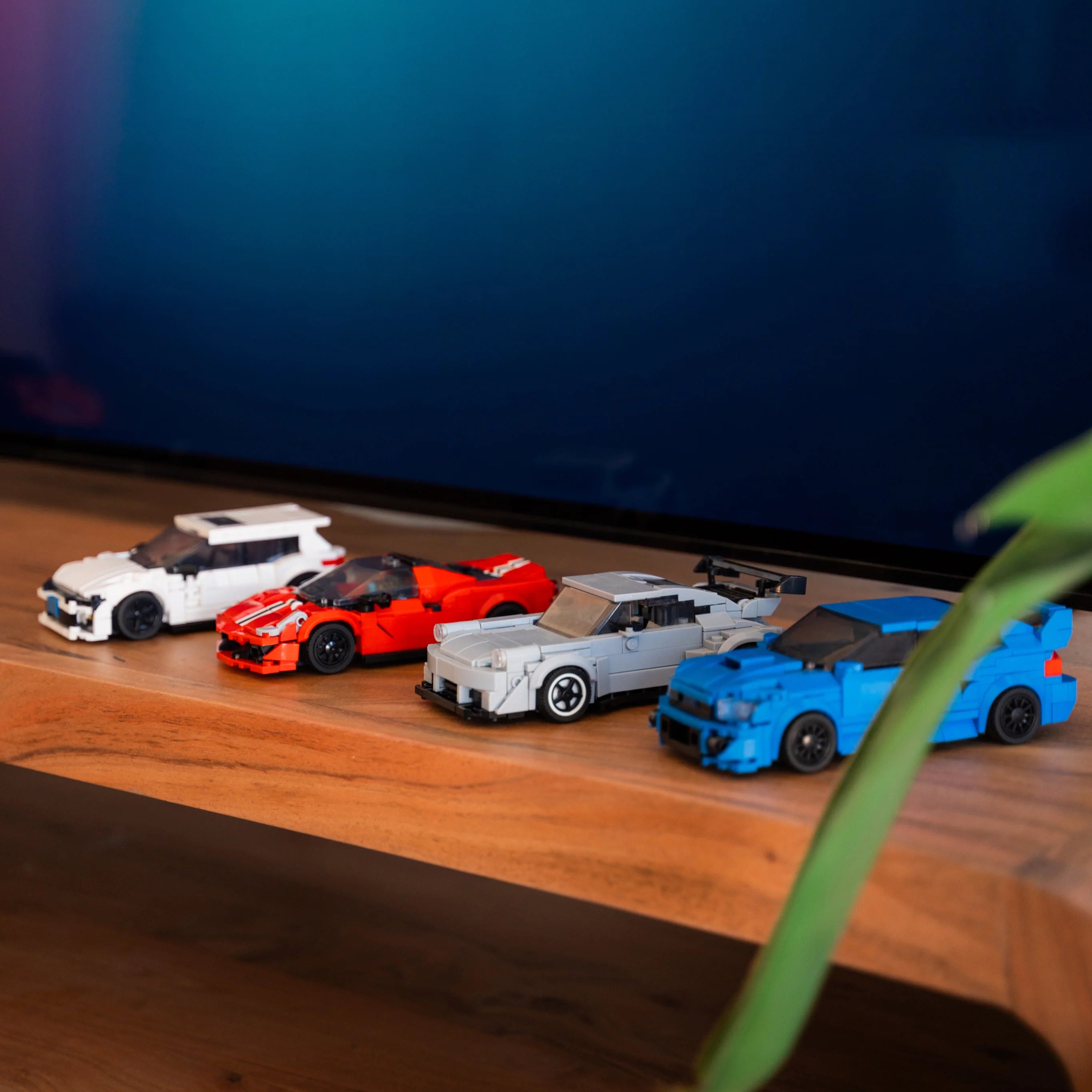
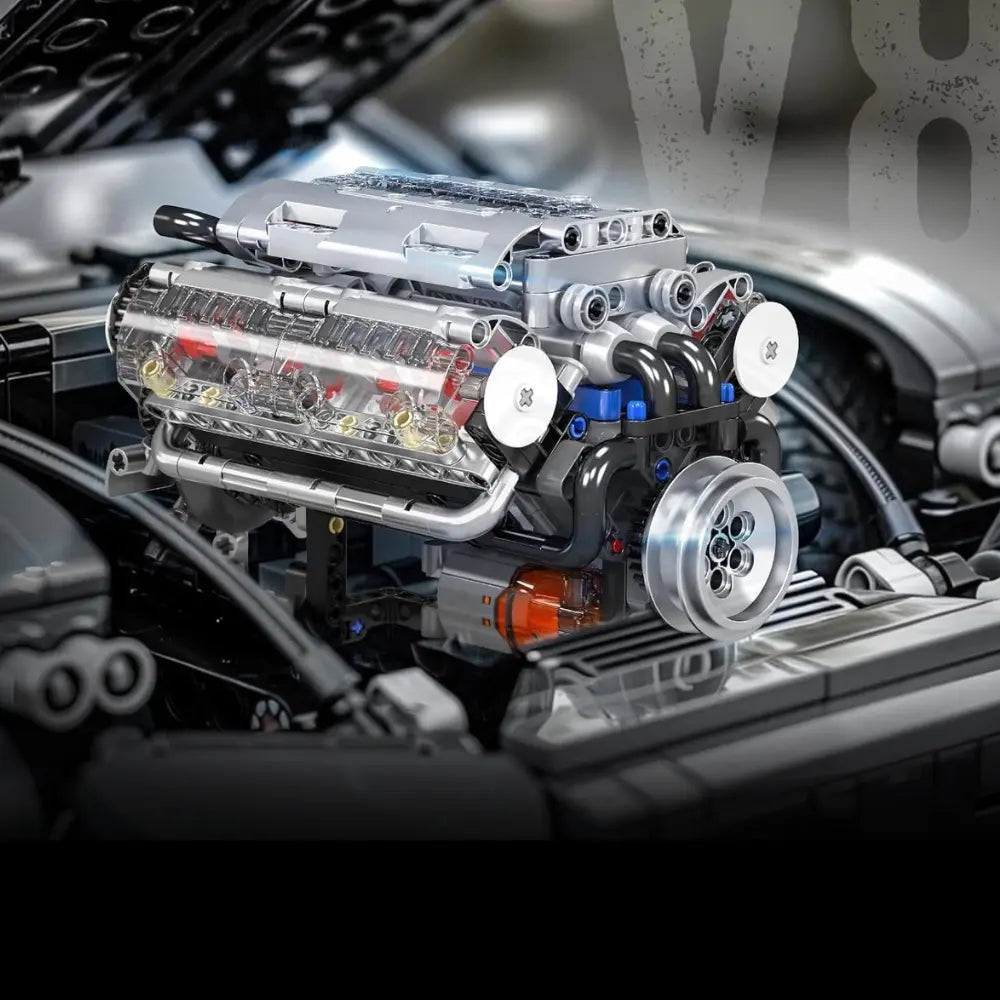
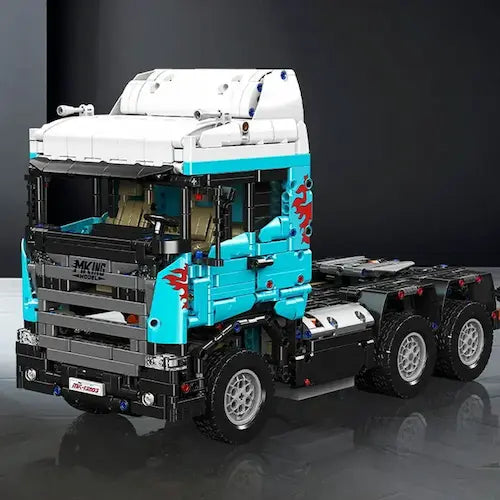
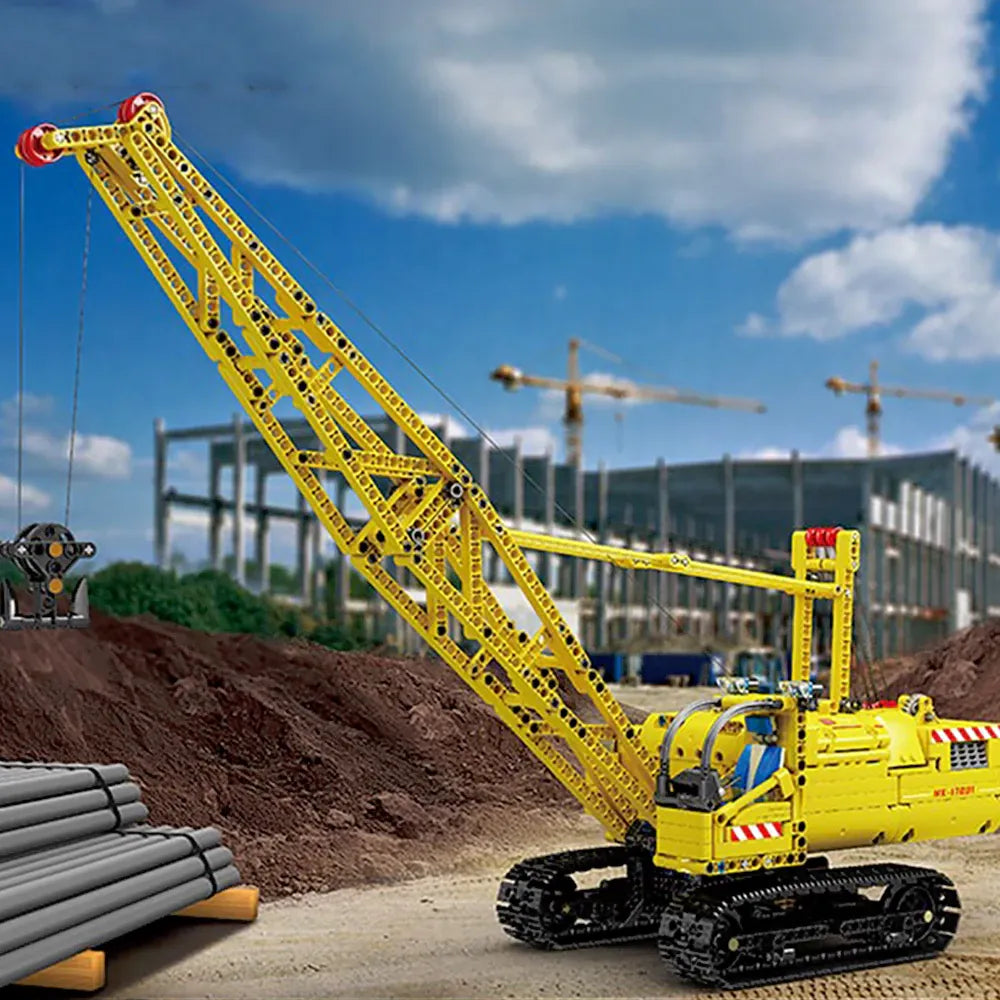
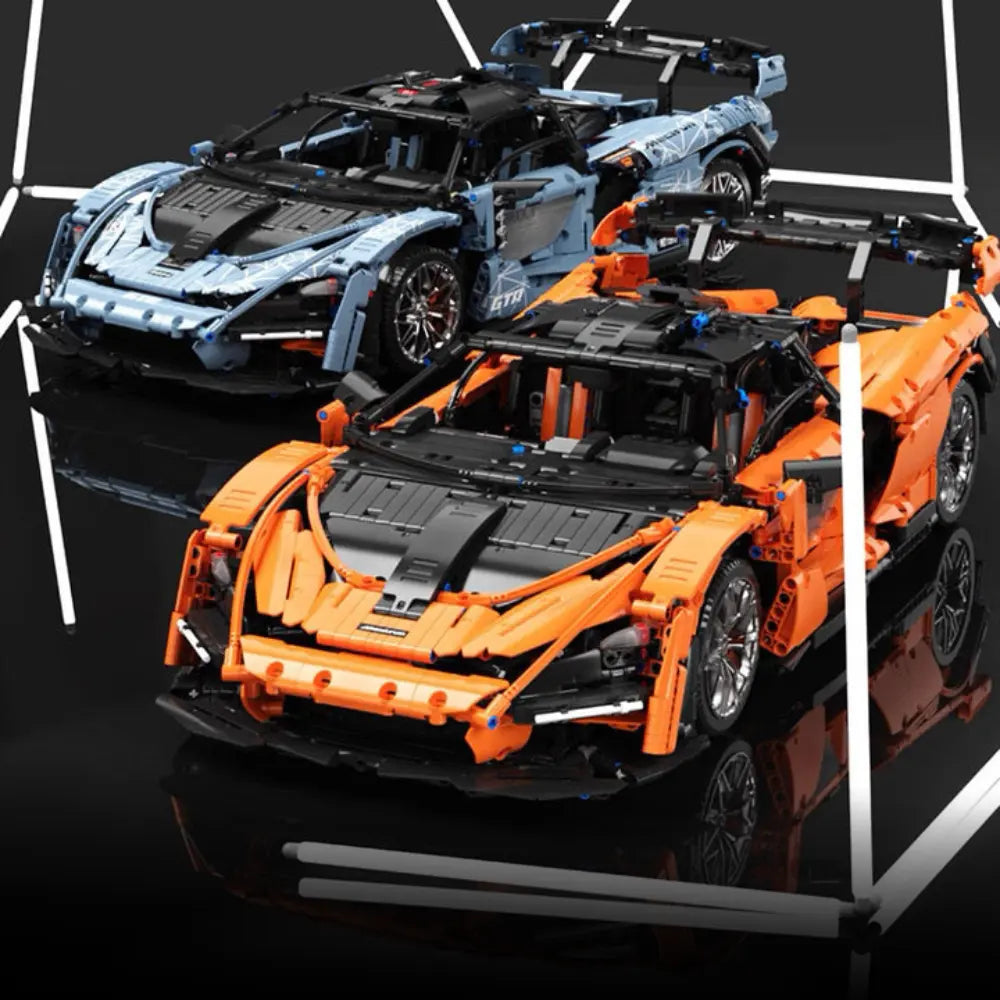
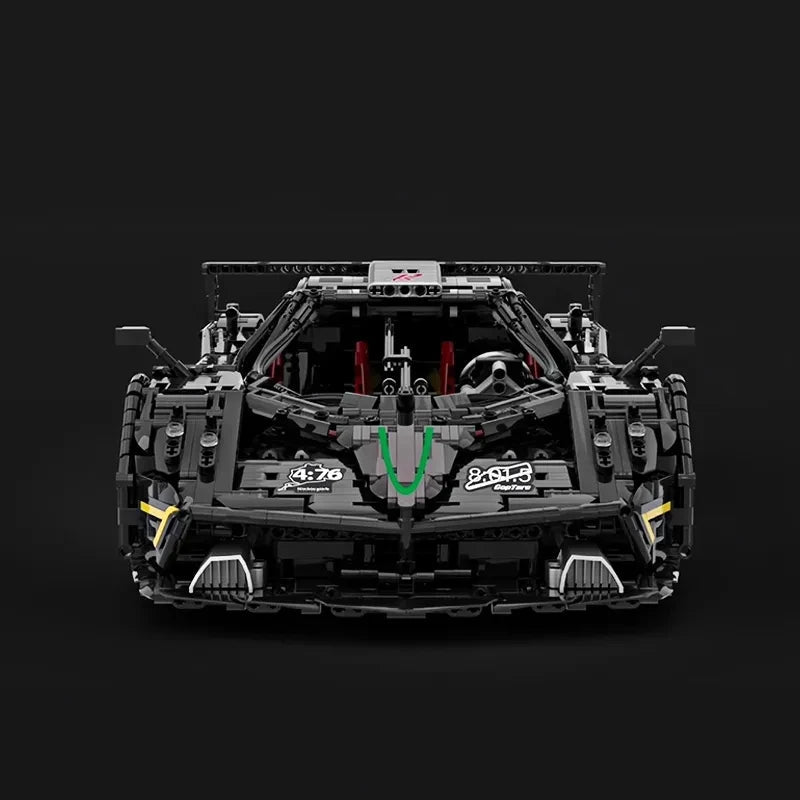
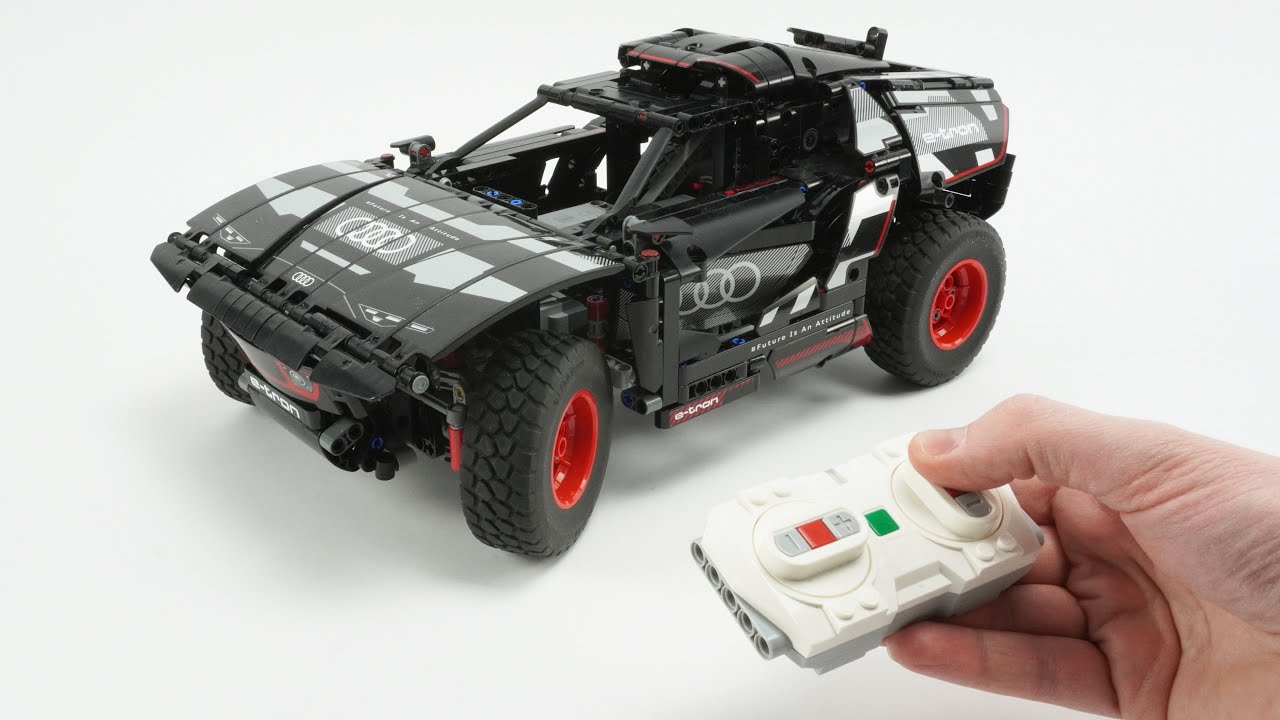
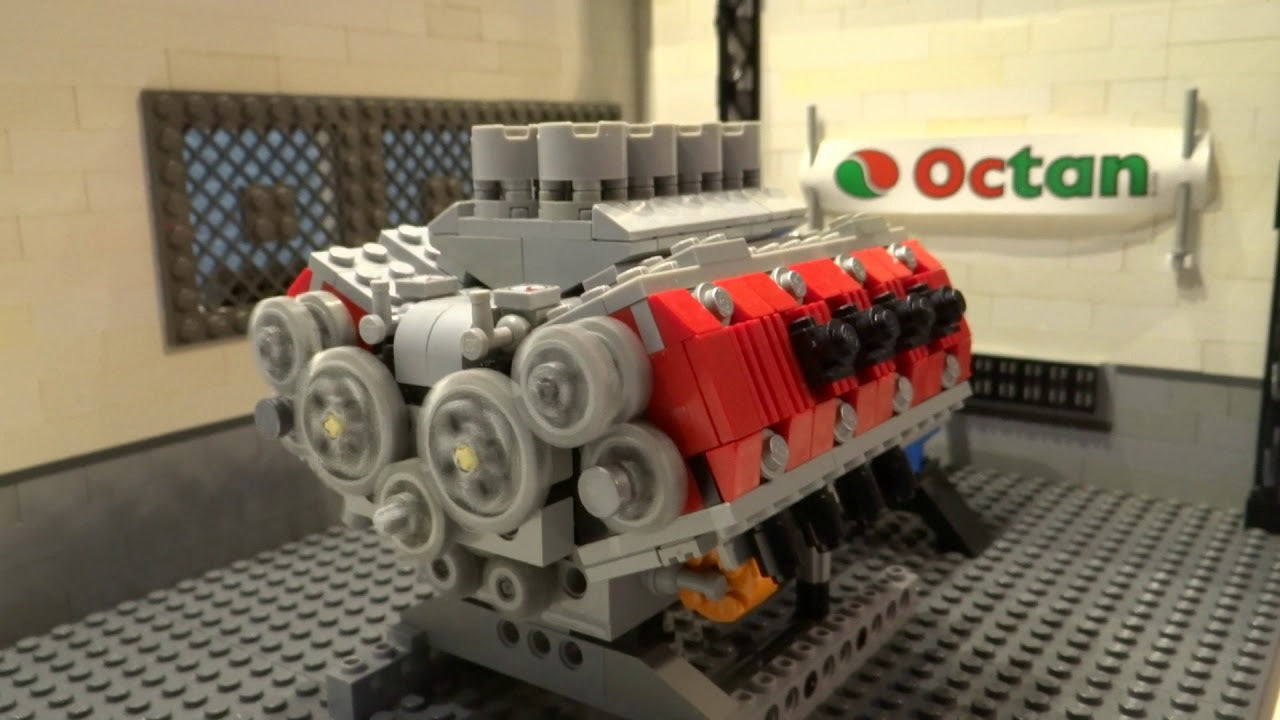
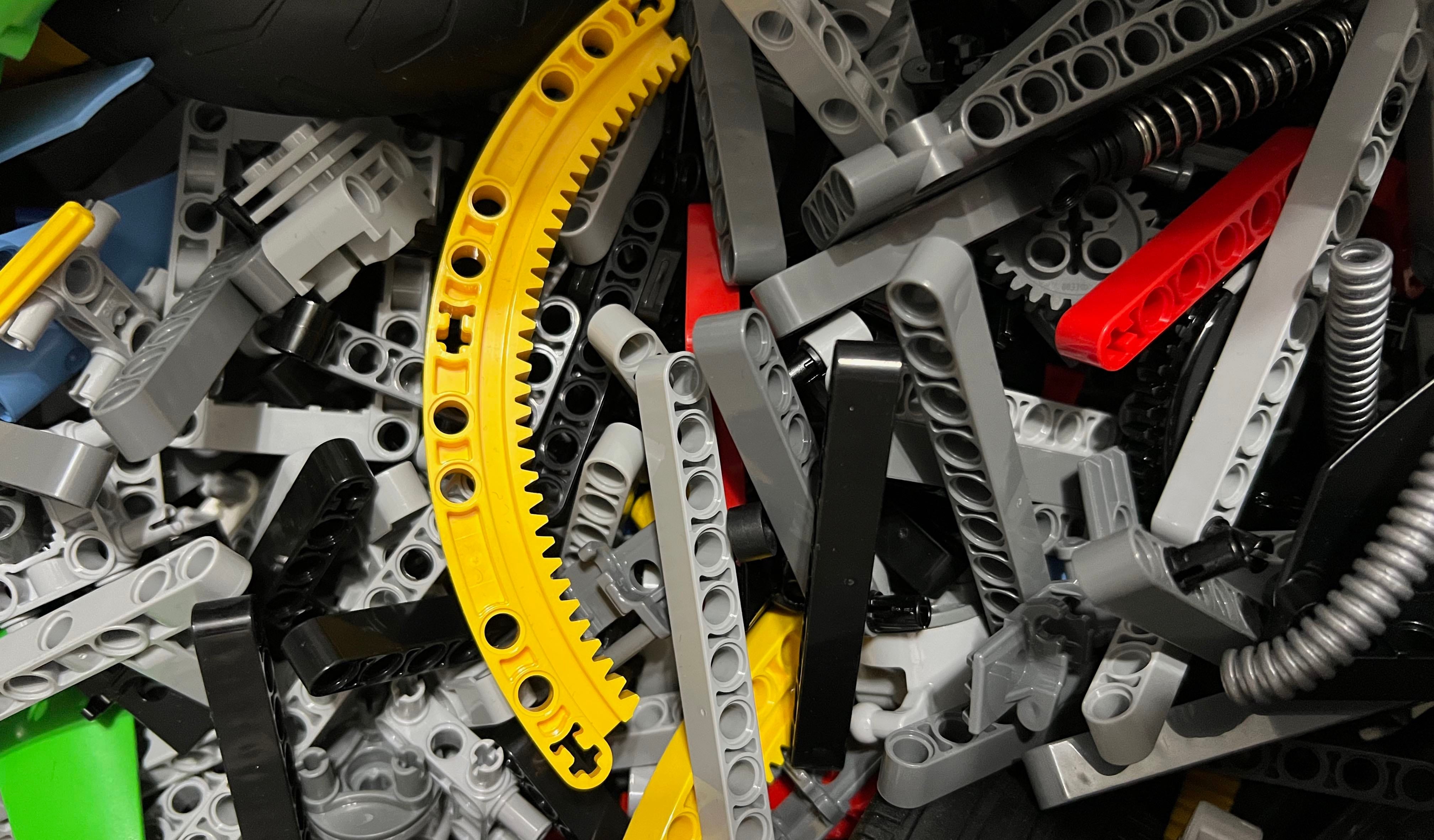
Leave a comment
This site is protected by hCaptcha and the hCaptcha Privacy Policy and Terms of Service apply.